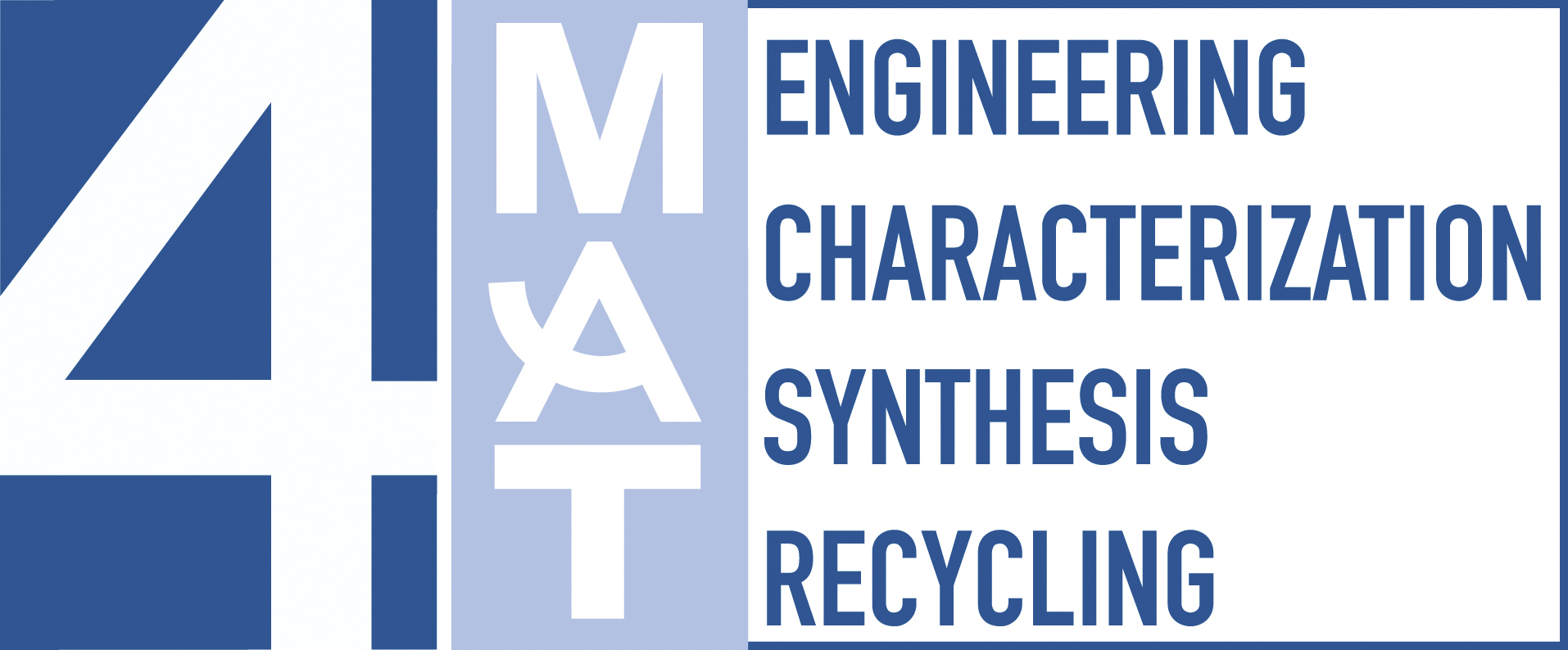In the same section
Technician

patrizio.madau@ulb.be +32-2-650.2954/2976
Ecole polytechnique de Bruxelles
Campus du Solbosch - CP 165/63
Avenue F.D. Roosevelt, 50
1050 Bruxelles
-
Technical skills
-
- microscopy (SEM+ EDX, optical microscope)
- thermal analysis (DSC, STA)
- Fourier Transform InfraRed spectroscopy (FTIR)
- materials analysis (porosimetry, BET, lazer granulometry)
- cement characterization
-
Research activities
-
- ..
- ..
- ..
-
Teaching
-
- Supervision of BA2, MA1 Projects and Master Thesis
-
Publications
-
Articles dans des revues avec comité de lecture
2007
Quantitative mineralogical analysis of hydraulic limes by X-ray diffraction
Mertens, G., Elsen, J. A. N. J., Madau, P., Durinck, D., & Blanpain, B. (2007). Quantitative mineralogical analysis of hydraulic limes by X-ray diffraction. Cement and concrete research, 37(11), 1524-1530. doi:10.1016/j.cemconres.2007.08.002A combined selective dissolution/quantitative X-ray diffraction (QXRD) approach is proposed for the quantitative mineralogical phase analysis of hydraulic limes. The proposed methodology is validated by the analysis of two model mixtures. Afterwards two commercial hydraulic binders and one self-burned hydraulic quicklime were analysed. Chemical, thermal and microprobe analyses were performed to check the results. It is shown that the proposed selective dissolution/QXRD approach yields reliable quantitative mineralogical information for hydraulic limes in spite of their complex phase composition and the presence of amorphous material. © 2007 Elsevier Ltd. All rights reserved.
https://dipot.ulb.ac.be/dspace/bitstream/2013/181106/1/Elsevier_164733.pdf2004
Active carbon production from used tire in two-stage procedure: Industrial pyrolysis and bench scale activation with H2O-CO2 mixture
Zabaniotou, A., Madau, P., Oudenne, P. D., Jung, C. G., Delplancke, M.-P., & Fontana, A. (2004). Active carbon production from used tire in two-stage procedure: Industrial pyrolysis and bench scale activation with H2O-CO2 mixture. Journal of analytical and applied pyrolysis, 72(2), 289-297. doi:10.1016/j.jaap.2004.08.002In the present study active carbons have been prepared from used tires and their characteristics were investigated. A two-stage activation procedure (pyrolysis at 800 °C in N2 atmosphere during 45 min in an industrial pyrolyser with a capacity of 1 t/h, followed by CBp activation with steam in the presence of CO2 at 970 °C in a bench scale reactor) was used for the production of activated samples. Gas (He/N2) phase adsorption and SEM techniques were used to characterize the produced active carbons. Comparison of surface area of the obtained activated carbons with others reported in the literature and the commercial carbon NORIT® GL 50 has also been performed. © 2004 Elsevier B.V. All rights reserved.
https://dipot.ulb.ac.be/dspace/bitstream/2013/68237/1/Elsevier_45326.pdf1999
On-line analysis of NH3, CO2, and SO2 diffusion through microporous Teflon
Tarsiche, I., Ciurchea, D., Madau, P., & Olenic, L. (1999). On-line analysis of NH3, CO2, and SO2 diffusion through microporous Teflon. Laboratory robotics and automation, 11(4), 224-228. doi:10.1002/(SICI)1098-2728(1999)11:4<224::AID-LRA7>3.0.CO;2-HDynamic responses of self-made potentiometric NH3, CO2, and SO2 sensitive gas sensors are followed in the 10-5-5×10-3 M concentration range. By least squares fitting of potential versus time curves, Dk product values at the diffusion of NH3, CO2, and SO2 through microporous Teflon are calculated. The obtained results are fairly reflected by the behavior of the sensor. Measurements of potential versus time in mixed solutions of CO2 and SO2 with the CO2 sensitive sensor indicate the presence of the interferent.
